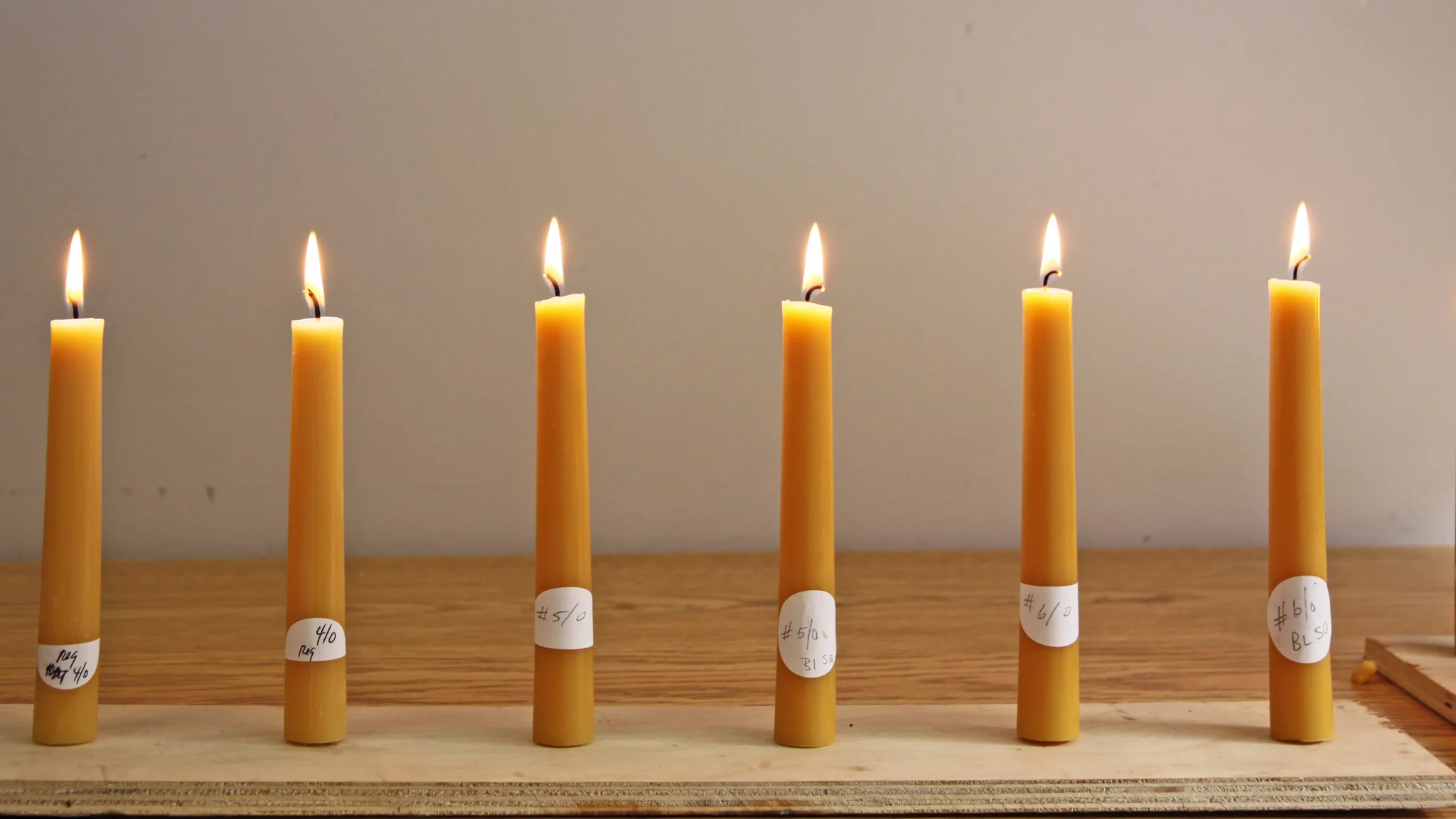

Articles
How Long Do Candles Burn
Modified: January 19, 2024
Discover the burning time of candles in this informative article. Learn how long different types of candles burn and get tips for maximizing their use.
(Many of the links in this article redirect to a specific reviewed product. Your purchase of these products through affiliate links helps to generate commission for Storables.com, at no extra cost. Learn more)
Introduction
Have you ever wondered how long candles can burn? From the warm glow of candlelight to the soothing scents that fill the air, candles have been a staple in homes for centuries. Whether you’re using candles for decor, relaxation, or as a light source during power outages, knowing how long they will burn can make a big difference.
Candle burn times can vary greatly depending on various factors, such as the type of wax, the size of the candle, the wick material, and even the environment in which it is burned. In this article, we will explore the factors that affect candle burn time, the different types of candles available, and provide tips on how to maximize the burn time of your candles.
So, let’s dive in and discover the fascinating world of candle burn times!
Key Takeaways:
- Factors such as wax type, candle size, wick material, and burning conditions all influence a candle’s burn time. Understanding these factors helps in choosing the right candles for specific needs and preferences.
- Safety precautions, such as never leaving candles unattended, using appropriate holders, and trimming wicks, are essential for enjoying candles safely. By following these guidelines, one can maximize the burn time and ambiance of candles while prioritizing safety.
Read more: How Long Do Hanukkah Candles Burn
Factors Affecting Candle Burn Time
The burn time of a candle can be influenced by several factors. Understanding these factors will help you make informed decisions when selecting candles and ensure that you get the most out of each burn. Let’s take a closer look at each of these factors:
- Type of Wax: The type of wax used in a candle plays a significant role in its burn time. Different waxes, such as paraffin wax, soy wax, and beeswax, have different melting points and burn rates. Paraffin wax, being a petroleum-based wax, tends to burn faster compared to soy wax or beeswax, which burn more slowly.
- Candle Size: The size of a candle can directly impact its burn time. Larger candles generally have a longer burn time compared to smaller ones. This is because they contain more wax and typically have thicker wicks that allow for a steady and sustained burn.
- Wick Material: The material used in the candle’s wick can also affect the burn time. Cotton wicks are commonly used and tend to offer a consistent and steady burn. However, some candles may incorporate specialty wicks, such as wooden wicks or crackling wicks, which can alter the burn time and create unique effects.
- Environmental Factors: The environment in which a candle is burned can impact its burn time. Air circulation, temperature, and humidity levels can affect how efficiently a candle burns. For example, drafts or windy conditions may cause a candle to burn faster, while a controlled environment may prolong the burn time.
- Burning Conditions: The way you burn a candle can also impact its burn time. For optimal burn time, it is recommended to burn the candle for a sufficient amount of time to allow the entire top layer of wax to liquify. This helps prevent tunneling and ensures that the wax is used evenly, maximizing the burn time.
By considering these factors, you can choose candles that best suit your needs and expectations. Keep in mind that while some factors like the type of wax and candle size are predetermined, others such as environmental factors and burning conditions can be controlled to some extent.
Types of Candles
Candles come in a wide variety of types and styles, each offering unique features and benefits. Let’s explore some of the most common types of candles:
- Traditional Wax Candles: These are the classic candles most people think of, made from materials such as paraffin wax, soy wax, or beeswax. Traditional wax candles come in various shapes, sizes, and colors, making them suitable for any occasion.
- Pillar Candles: Pillar candles are large, sturdy candles with a cylindrical shape. They are often unscented and can be used as a centerpiece or to add ambiance and warmth to a room. Pillar candles are known for their long burn times and have a self-supporting design.
- Taper Candles: Taper candles are tall, slender candles with a pointed tip. They are commonly used for formal occasions and decorative purposes. Taper candles are usually placed in holders and can enhance the elegance of any setting.
- Votive Candles: Votive candles are small, cylindrical candles that are often placed in glass containers or votive holders. They are versatile and can be used for both decorative and practical purposes. Votive candles typically have a shorter burn time compared to larger candles.
- Tea Light Candles: Tea lights are small, disc-shaped candles that are commonly used in tea light holders or lanterns. They are usually unscented and provide a soft and ambient glow. Tea light candles have a shorter burn time, making them ideal for shorter periods of use.
- Scented Candles: Scented candles are infused with fragrances that release pleasant aromas when burned. They come in various sizes and shapes, allowing you to enjoy both the ambient light and the delightful scents they offer. Scented candles can create a relaxing or inviting atmosphere in any space.
- Container Candles: Container candles are poured into containers such as jars or tins, which serve as both a decorative element and a means of safety. They are versatile and come in different sizes and scents. Container candles are known for their longer burn times and ability to contain the wax as it melts.
These are just a few examples of the many candle types available in the market. Each type offers its own unique characteristics, allowing you to choose the perfect candle for your desired ambiance and burn time.
Factors Influencing Burn Times of Different Candle Types
While the factors mentioned earlier play a role in the burn time of candles in general, different types of candles can have varying burn times due to unique characteristics. Here are some factors that can influence the burn times of different candle types:
- Wax Type: The type of wax used in a candle can significantly impact its burn time. For instance, paraffin wax candles tend to burn relatively quickly compared to soy wax or beeswax candles, which have a slower burn rate. This is because different waxes have different melting points, densities, and compositions, affecting the overall burn time.
- Size and Shape: The size and shape of a candle can affect its burn time. Larger candles tend to have longer burn times compared to smaller ones as they contain more wax. Additionally, the shape of the candle can influence the way it burns. Candles with a wider base may burn more evenly and have a longer burn time compared to candles with a narrower base.
- Wick Size and Quality: The size and quality of the wick can influence the burn time of a candle. A larger wick can create a larger flame, resulting in faster burning. On the other hand, a smaller wick can produce a smaller flame and a slower burn time. Additionally, the quality of the wick, such as its thickness and material, can impact how efficiently it burns the wax and affects the overall burn time.
- Scent and Additives: Scented candles or candles with additives, such as colorants or decorative elements, can have slightly shorter burn times compared to unscented and unaltered candles. This is because the additional components in these candles can contribute to the overall consumption of the wax and impact the burn time.
- Burning Environment: The environment in which a candle is burned can also affect its burn time. Factors such as the room temperature, humidity levels, and airflow can influence how the candle burns. A drafty or windy environment can cause the flame to flicker and burn the wax more quickly, resulting in a shorter burn time.
It’s important to consider these factors when selecting specific candle types, especially if you have specific burn time requirements or preferences. Identifying these factors will help you choose candles that align with your desired burn time and overall experience.
Trim the wick to 1/4 inch before each use to ensure a clean, even burn and maximize the candle’s burn time.
Choosing the Right Candle for Your Needs
With so many candle options available, finding the perfect one for your needs can seem like a daunting task. However, by considering a few key factors, you can easily narrow down your options and select the right candle. Here are some tips to help you choose the perfect candle:
- Purpose: Determine the purpose of the candle. Are you looking for a candle for ambiance, relaxation, or a specific occasion? Understanding the purpose will guide you in selecting the appropriate size, scent, and style.
- Burn Time: Consider how long you want the candle to burn. If you need a longer burn time, opt for larger candles or ones made from slower-burning materials like soy wax or beeswax. If you prefer shorter burn times or want to enjoy a variety of scents, smaller candles or tea lights may be the better choice.
- Scent Preferences: If fragrance is important to you, choose scented candles that align with your preferences. Consider whether you prefer subtle or strong scents and whether you have any scent sensitivities or allergies.
- Environment: Take into account the environment in which the candle will be used. If you plan to burn the candle outdoors or in a drafty area, choose a candle with a sturdy wick and container to ensure it burns properly. For indoor use, consider the size of the room and how the scent of the candle will disperse.
- Safety: Always prioritize safety when choosing a candle. Look for candles with proper safety labels, such as indicating that they are meant for indoor use only and providing instructions on proper burning practices. Consider opting for candles with containers to contain any potential wax spills or drips.
- Quality: Choose candles from reputable brands known for their quality. Read customer reviews and check for certifications, such as being made from non-toxic materials or being cruelty-free, to ensure that you’re getting a high-quality product.
By considering these factors, you can find a candle that meets your specific needs and preferences. Remember to experiment with different types, sizes, and scents to discover the perfect candle that enhances your space and provides the desired ambiance and burn time.
Read more: How Long Do Tea Light Candles Burn
Tips for Maximizing Candle Burn Time
Getting the most out of your candles and prolonging their burn time can help you enjoy their warm glow and beautiful scents for longer. Here are some tips to maximize the burn time of your candles:
- First Burn: When lighting a new candle for the first time, allow it to burn until the entire top layer of wax becomes liquid. This helps prevent tunneling and ensures that the candle burns evenly throughout its lifetime.
- Trim the Wick: Before each burn, trim the wick to about ¼ inch. Long or crooked wicks can cause uneven burning and excessive flickering, leading to faster burn times. Trimming the wick promotes a steady burn and helps extend the life of the candle.
- Avoid Drafts: Keep candles away from drafts or areas with a lot of airflow. Drafts can cause candles to flicker or burn unevenly, resulting in faster burn times. Place candles in a stable and still location to ensure a longer and more consistent burn.
- Utilize Candle Accessories: Consider using candle accessories such as candle shades or toppers. These accessories can help create a controlled burning environment, reducing the chances of drafts and maximizing the burn time of the candle.
- Rotate Candles: If you have multiple candles, rotate their use. Burning the same candle continuously can cause the wax to burn faster. By alternating candles, you can distribute the burn time more evenly and extend the overall lifespan of each candle.
- Proper Extinguishing: Always extinguish the candle properly. Avoid blowing out the flame, as this can cause wax to splatter and create a mess. Instead, use a candle snuffer or gently dip the wick into the melted wax, then straighten it before relighting.
- Store Candles Properly: When not in use, store candles in a cool and dry place. Extreme temperatures or exposure to sunlight can alter the consistency of the wax and affect the burn time. Keep candles away from direct heat or sunlight to maintain their quality.
By following these tips, you can maximize the burn time of your candles and ensure a more economical and enjoyable experience. Remember that proper candle care and maintenance play a crucial role in extending their lifespan and allowing you to savor their warmth and beauty for longer periods.
Safety Precautions When Burning Candles
While candles can create a cozy and relaxing atmosphere, it’s important to prioritize safety when using them. Here are some essential safety precautions to keep in mind when burning candles:
- Never Leave Unattended: Never leave a burning candle unattended. Always extinguish the flame before leaving the room or going to bed. It only takes a moment for accidents to happen, and it’s essential to ensure the candle is completely extinguished and no longer a fire hazard.
- Place on Stable Surfaces: Always place candles on a stable and heat-resistant surface. Ensure the surface is level and cannot be easily knocked over. Avoid placing candles near flammable objects, such as curtains, papers, or furniture, to reduce the risk of accidental fires.
- Keep Away from Children and Pets: Keep candles out of reach of children and pets. Curious little hands or playful paws can accidentally knock over candles, leading to injuries or fire hazards. Consider using flameless alternatives in spaces where children or pets are present.
- Trim Wick and Avoid Long Matches: Trim the wick to ¼ inch before lighting the candle to prevent excessive flame height and soot. When lighting the candle, use long-reach lighters or long matches to maintain a safe distance from the flame.
- Use Candle Holders and Containers: Always use appropriate candle holders or containers that are designed to catch any dripping wax. This prevents the wax from spilling onto surfaces or causing burns. Make sure the holder or container is heat-resistant and sturdy.
- Keep an Eye on Burning Candles: Continuously monitor burning candles. If you notice excessive flickering, a high flame, or signs of uneven burning, extinguish the candle and trim the wick before relighting. This helps maintain a safe and controlled burn.
- Avoid Overcrowding: Avoid overcrowding candles in a small space. Burning multiple candles in close proximity can create a concentrated heat source and increase the risk of fire. Allow sufficient space between candles to ensure proper airflow and reduce the chances of accidents.
- Use Candle Snuffers or Tools: To extinguish the flame, use a candle snuffer or carefully dip the wick into the melted wax and then straighten it before relighting. Avoid blowing on the flame, as this can cause hot wax to splatter or increase the risk of accidental fires.
- Be Mindful of Scented Candles: When using scented candles, ensure that the room is well-ventilated to prevent overwhelming fragrances. Some individuals may have sensitivities or allergies to certain scents, so it’s important to consider the comfort and well-being of everyone in the space.
By following these safety precautions, you can enjoy the beauty and ambiance of candles while minimizing the risks associated with their use. It’s crucial to prioritize safety at all times to create a safe and worry-free environment.
Conclusion
Candles have the power to transform a space and create a warm, inviting atmosphere. Understanding the factors that influence candle burn time, the different types of candles available, and implementing safety precautions can enhance your candle-burning experience. By following these guidelines, you can ensure that you choose the right candles for your needs, maximize their burn time, and enjoy their soothing glow and captivating scents safely.
Factors such as the type of wax, size of the candle, wick material, and environmental conditions all play a role in determining a candle’s burn time. By considering these factors, you can select candles that align with your preferences and desired burn times.
When choosing candles, think about the purpose, burn time, scent preferences, and the environment in which the candle will be burned. Additionally, take safety precautions such as never leaving burning candles unattended, using appropriate candle holders, and keeping them away from children and pets.
Remember to trim the wick before each burn, avoid drafts, rotate your candles to distribute their burn times, and properly extinguish them when not in use. These practices can extend the life of your candles and provide you with many hours of enjoyment.
Whether you use candles for relaxation, ambiance, or simply to add a touch of elegance to your space, incorporating these tips will help you make the most of your candles. So go ahead, light up your favorite candles, and let their warm glow bring comfort and tranquility into your life.
Frequently Asked Questions about How Long Do Candles Burn
Was this page helpful?
At Storables.com, we guarantee accurate and reliable information. Our content, validated by Expert Board Contributors, is crafted following stringent Editorial Policies. We're committed to providing you with well-researched, expert-backed insights for all your informational needs.
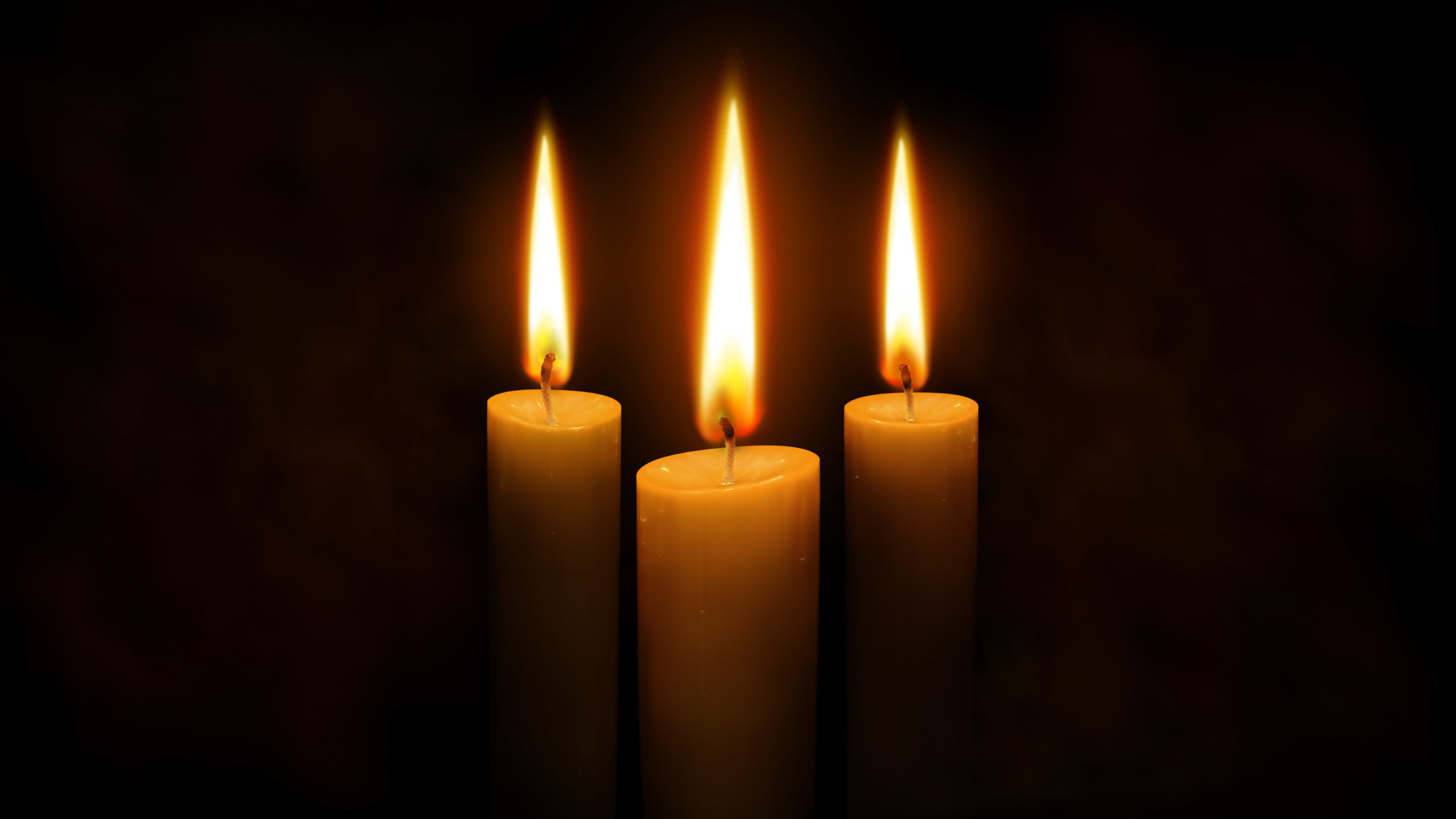
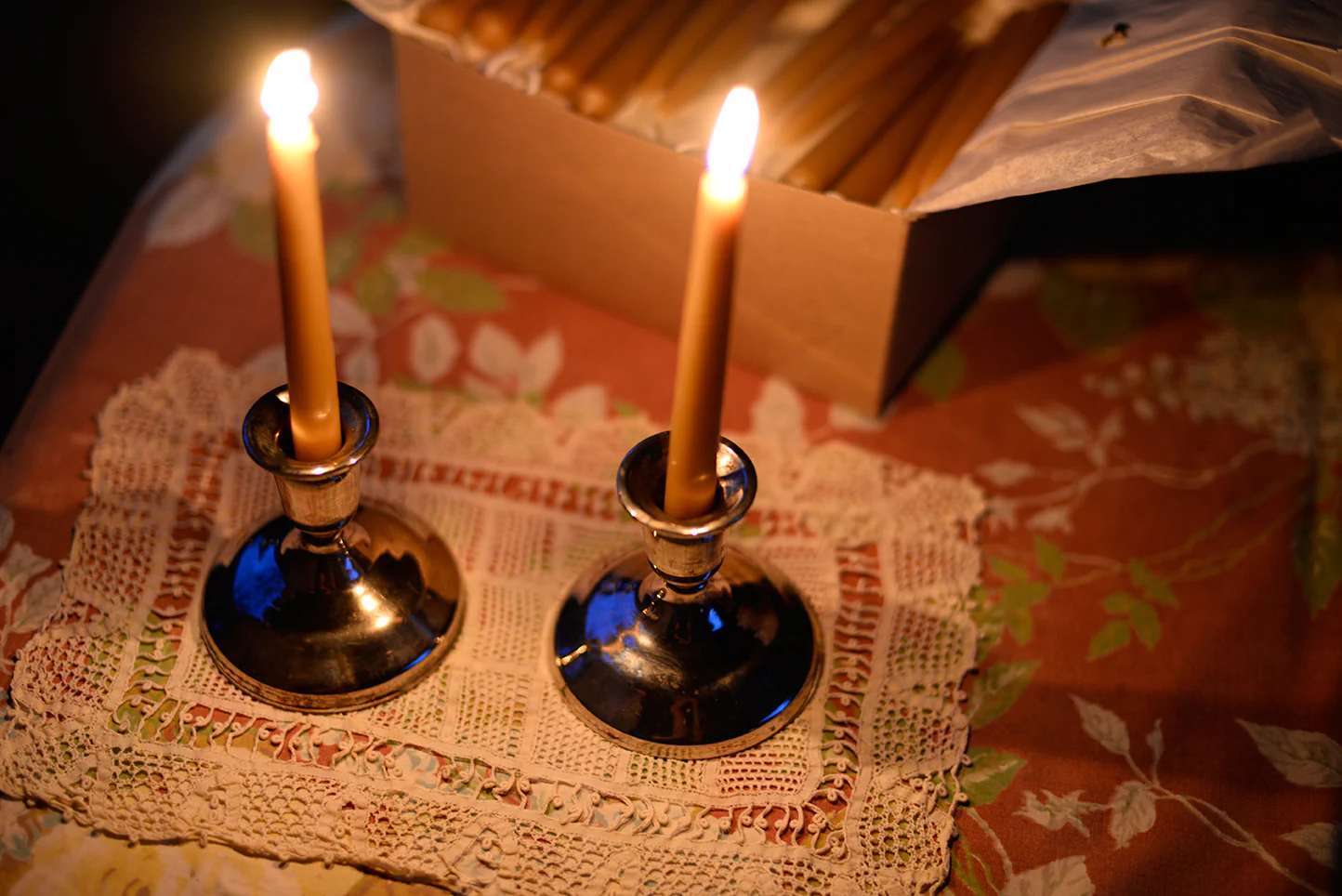
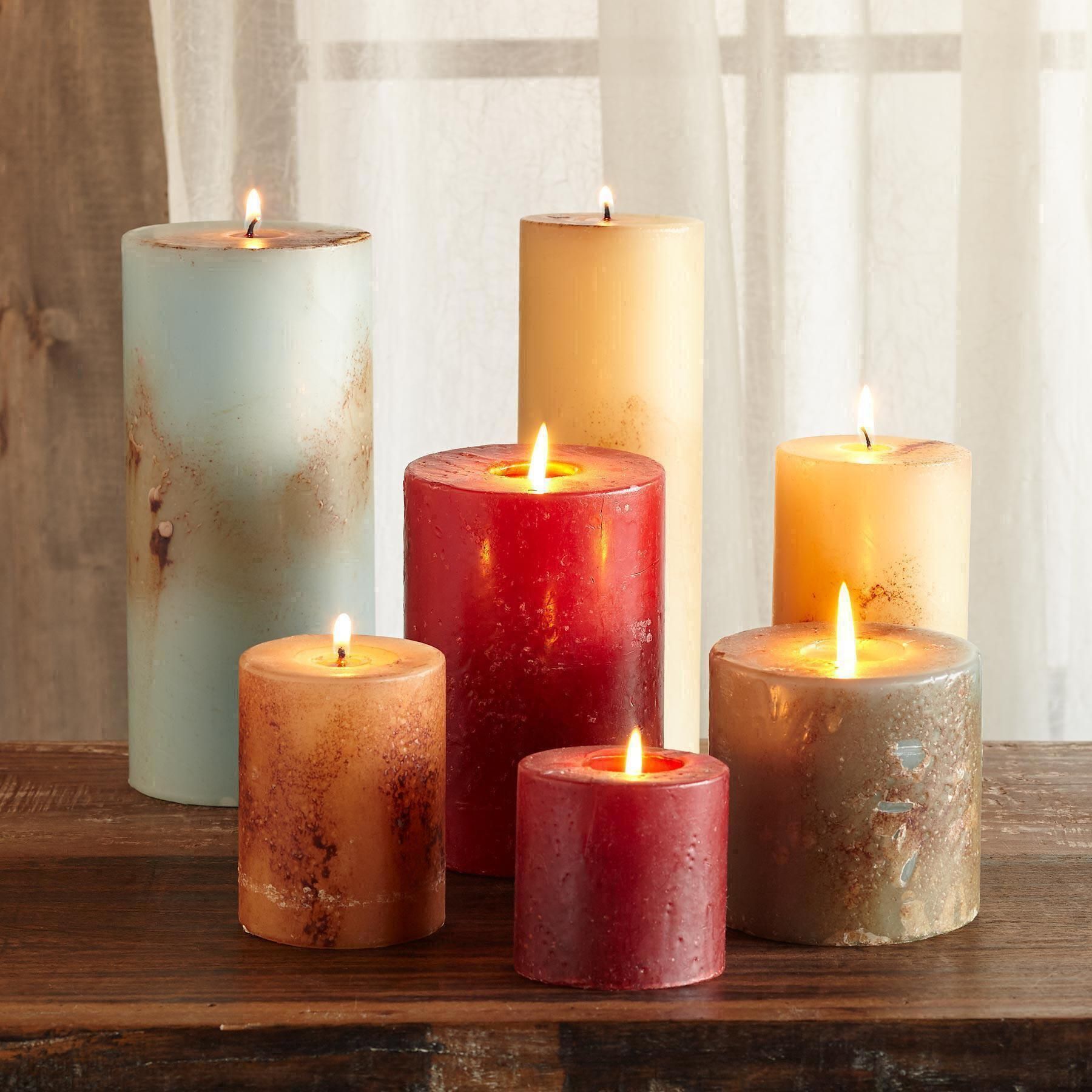
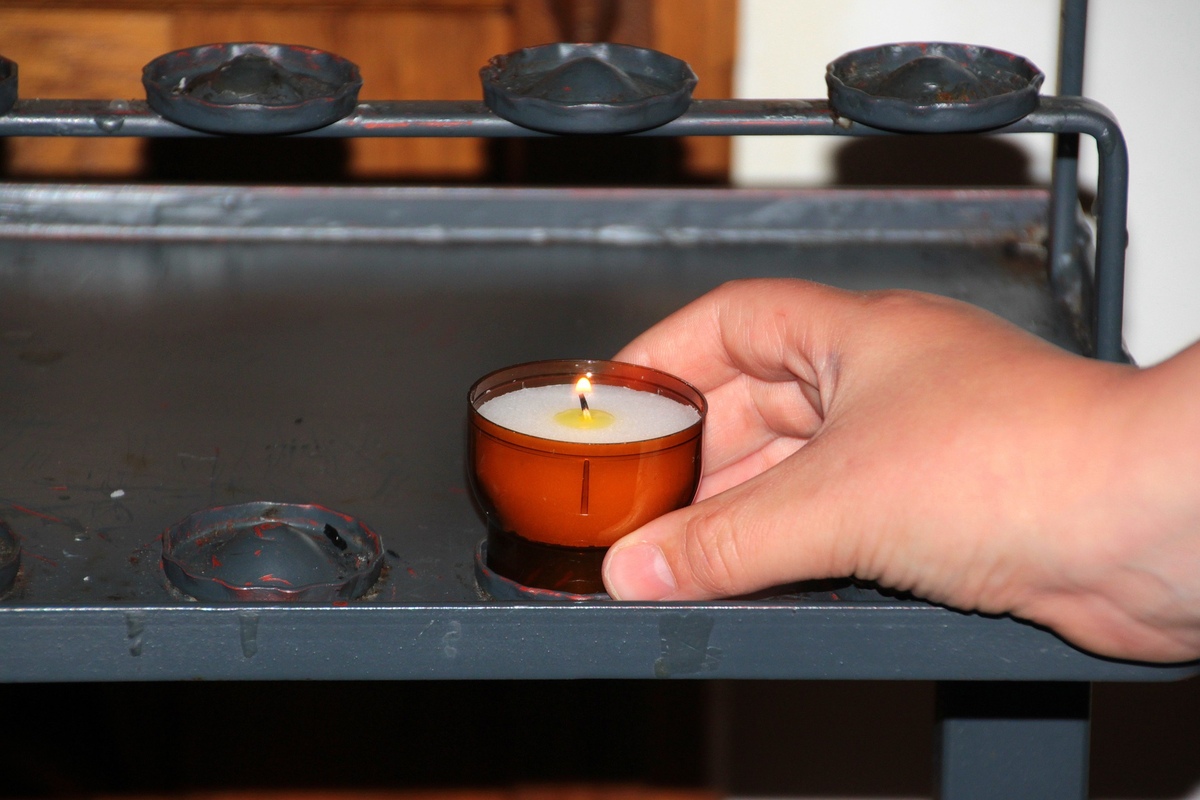
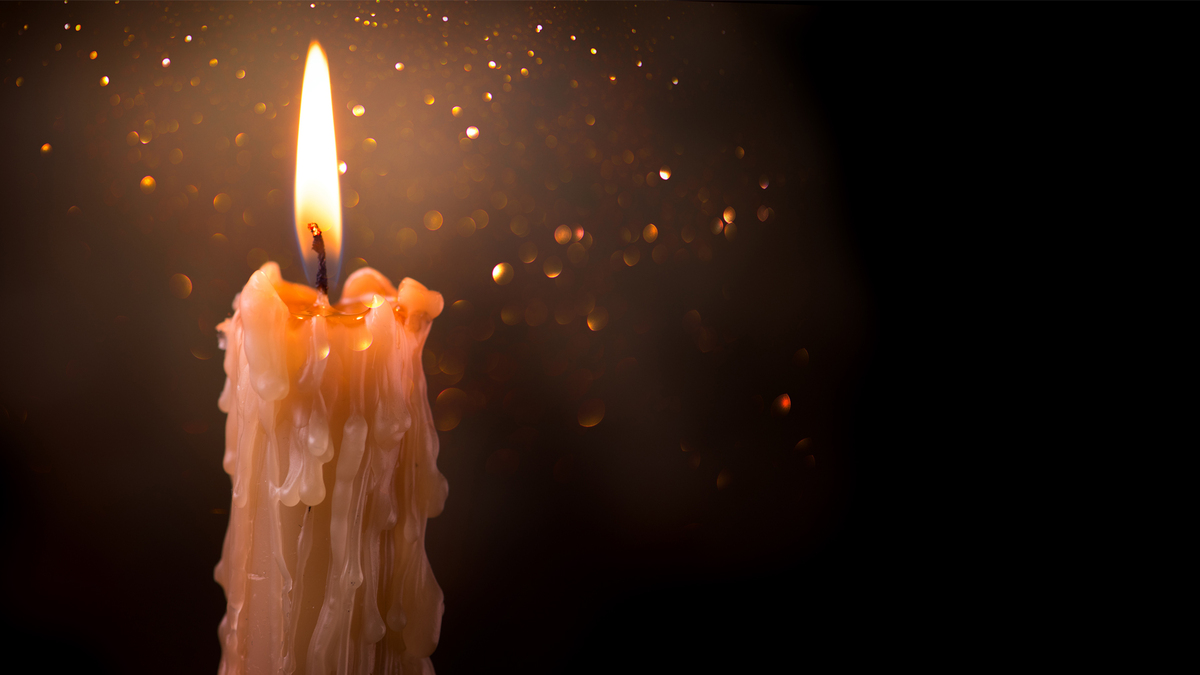
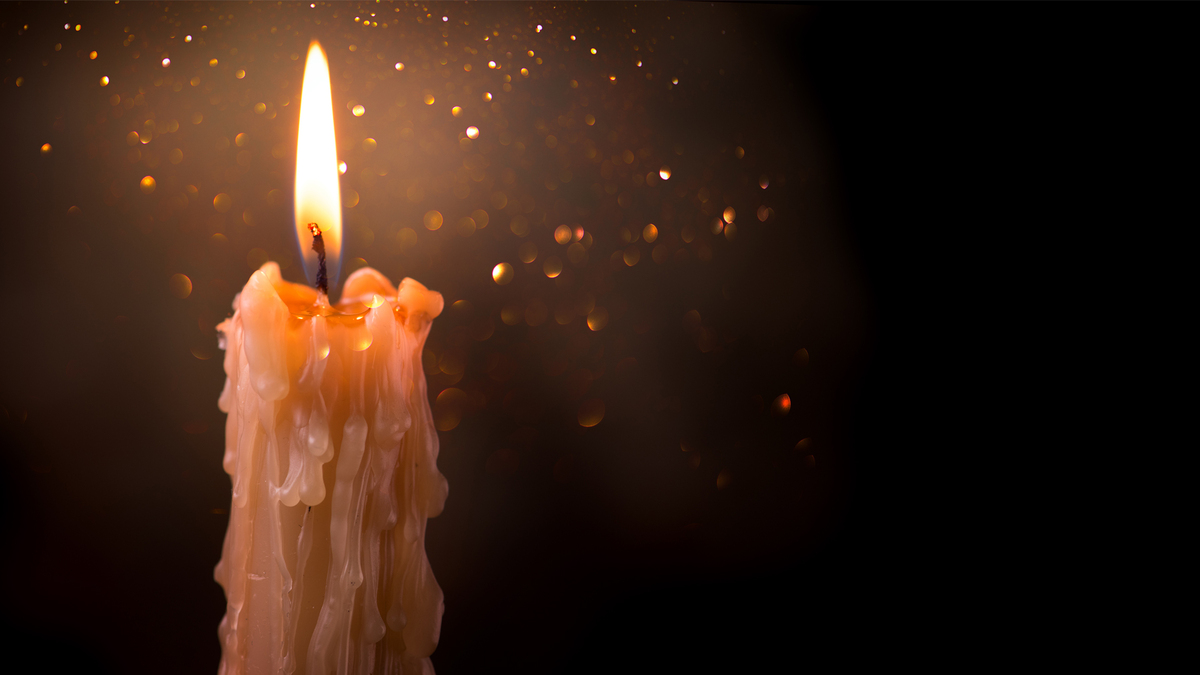
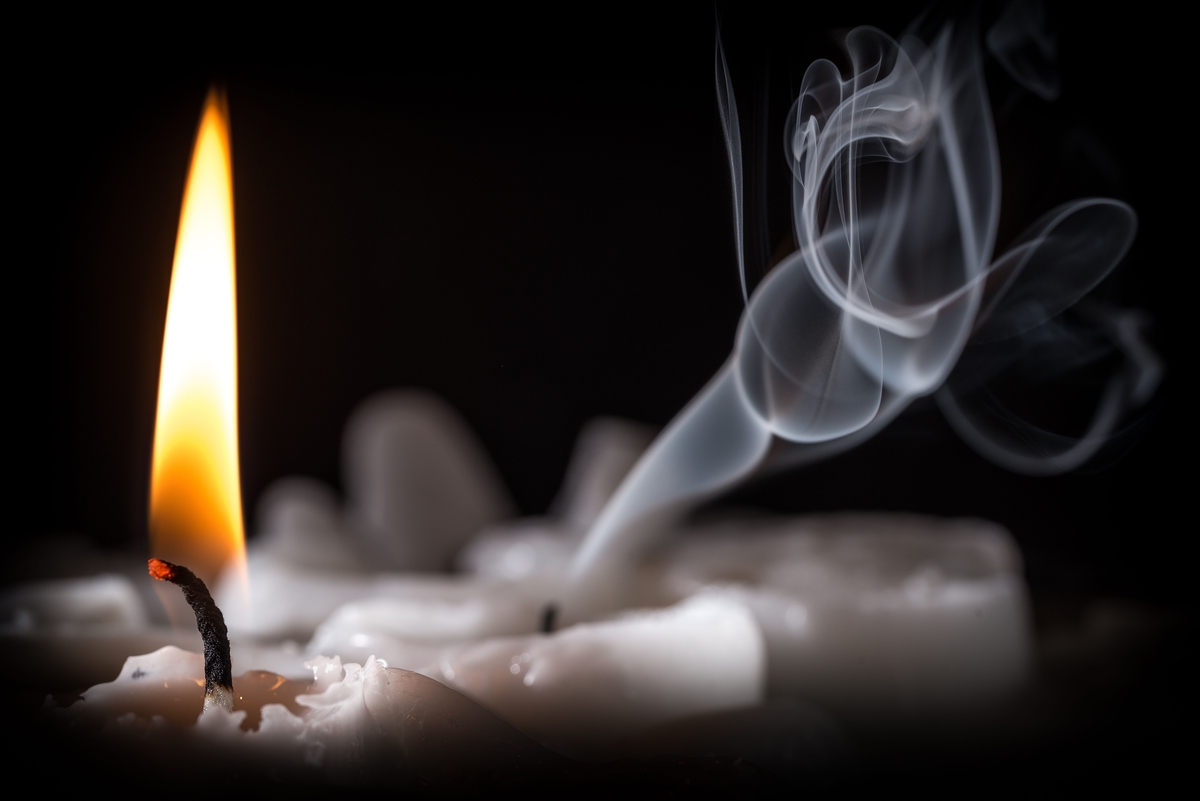
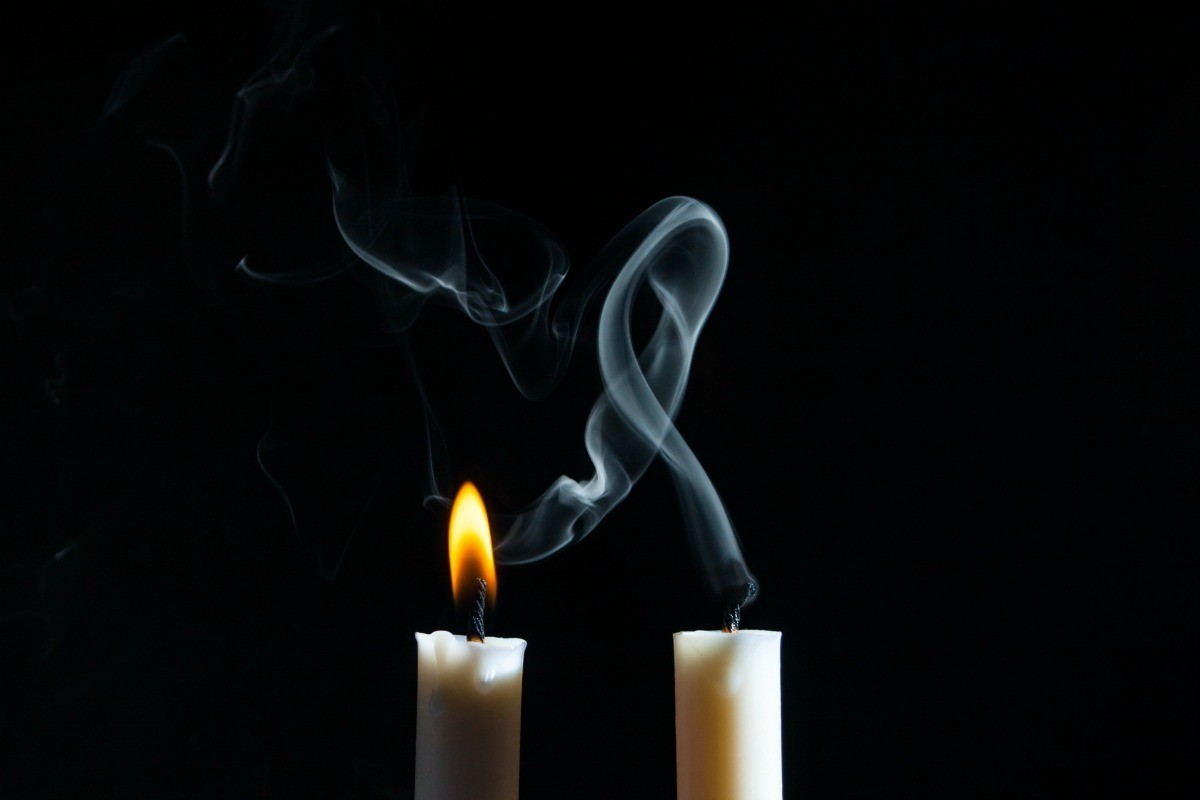
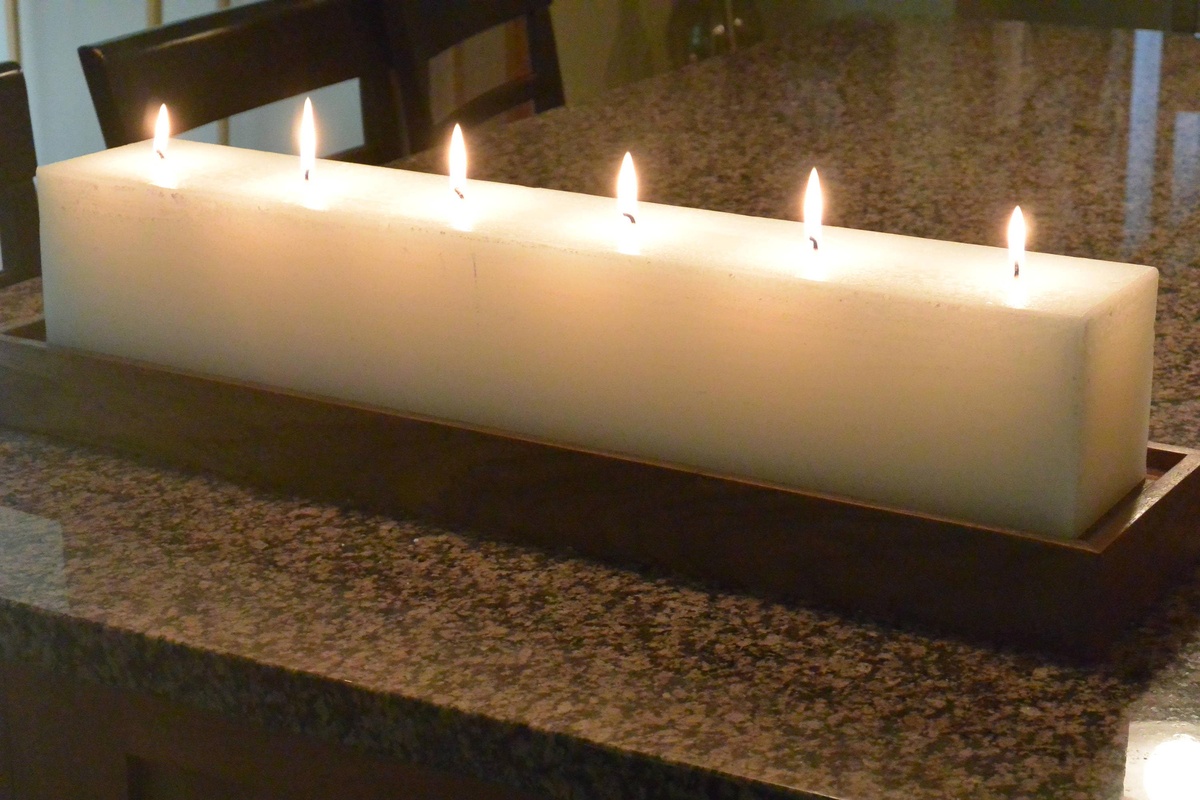
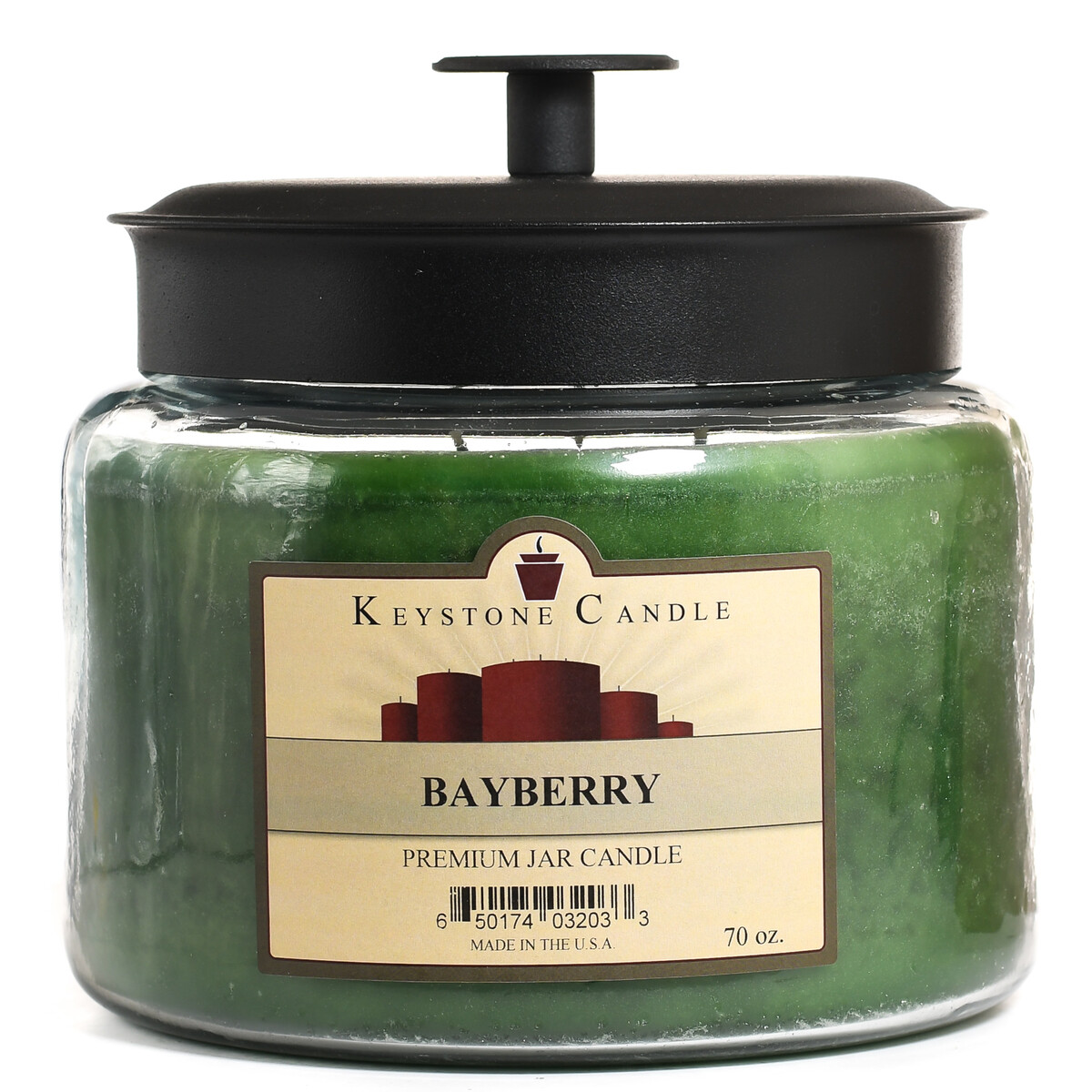
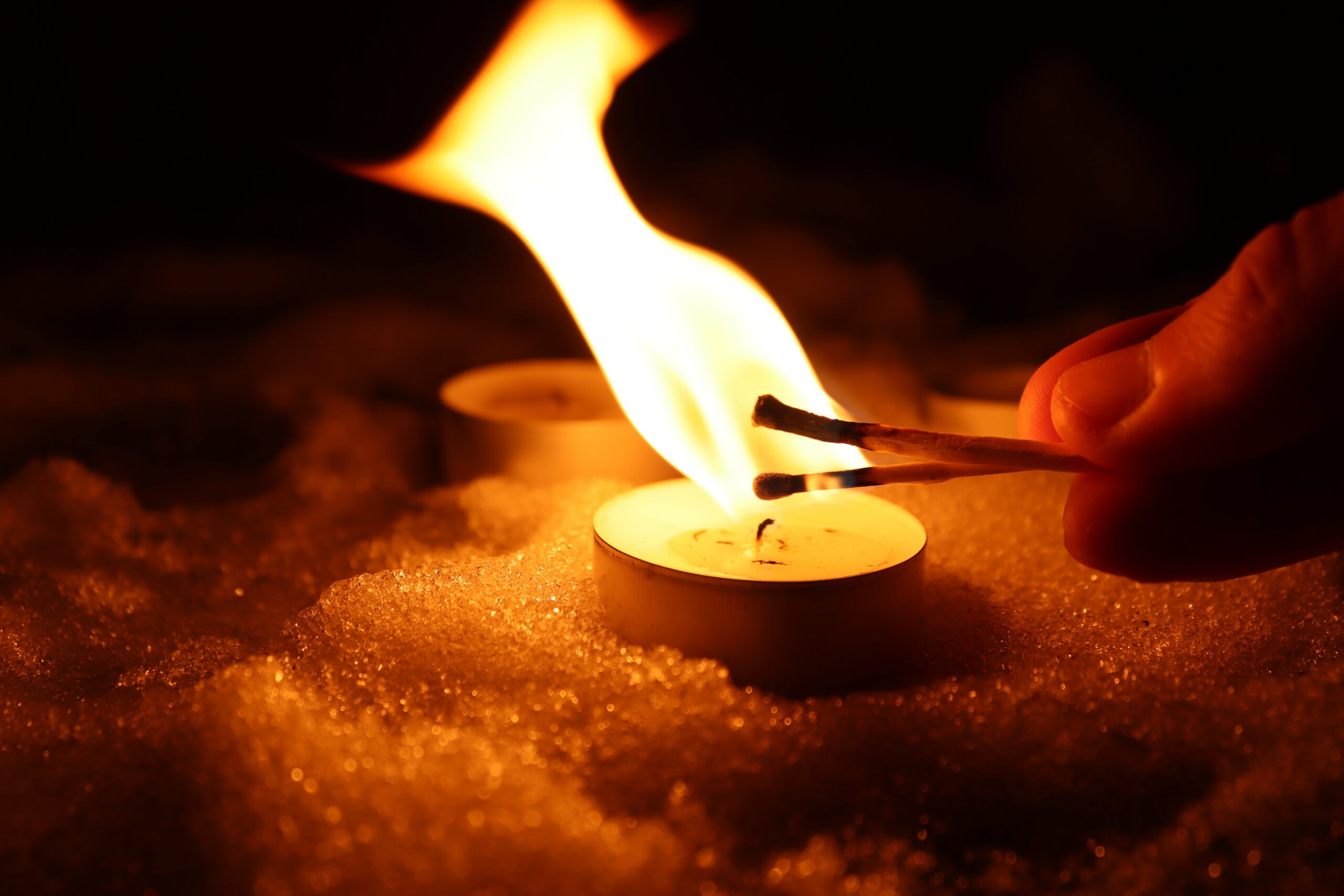
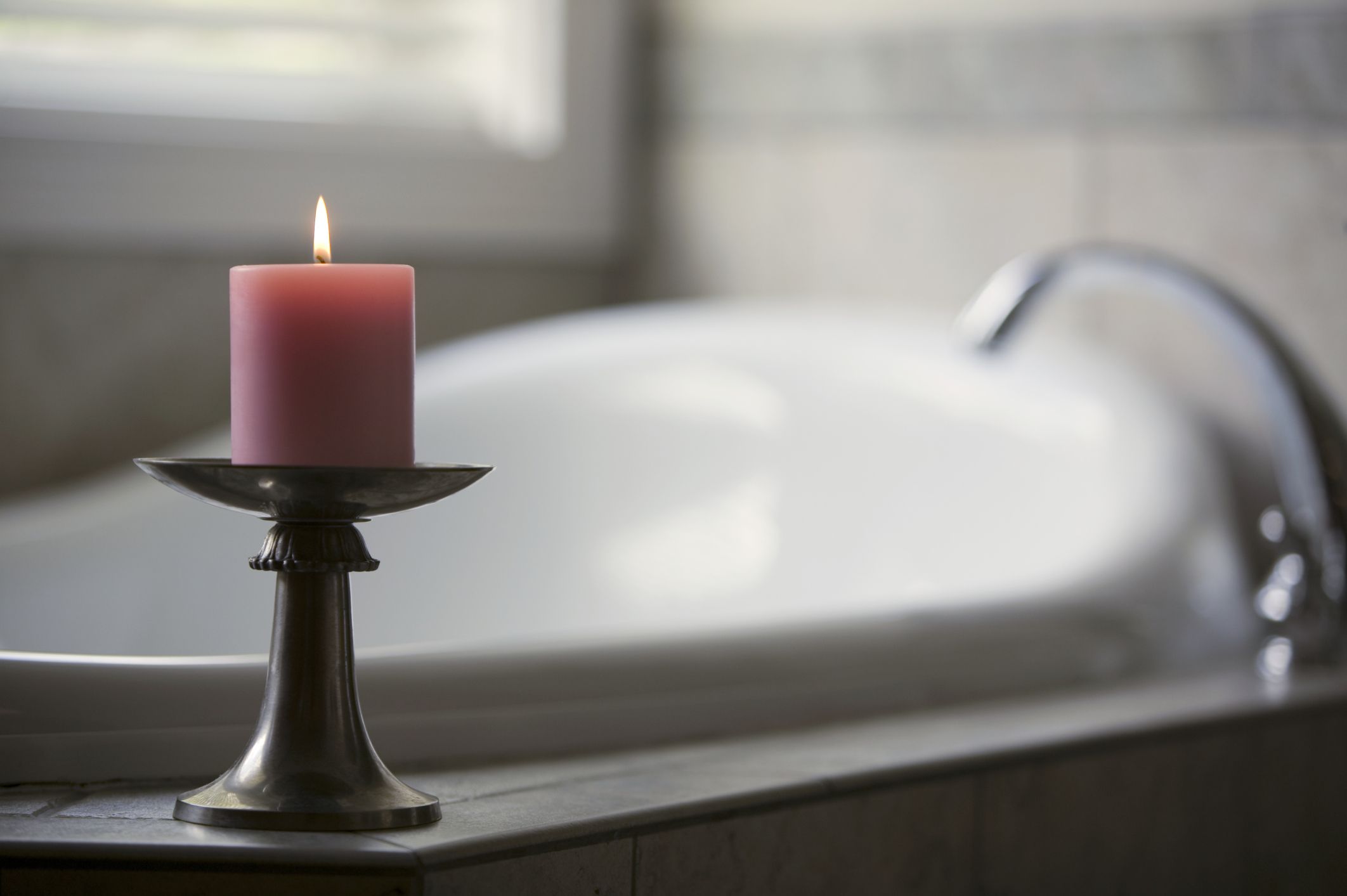

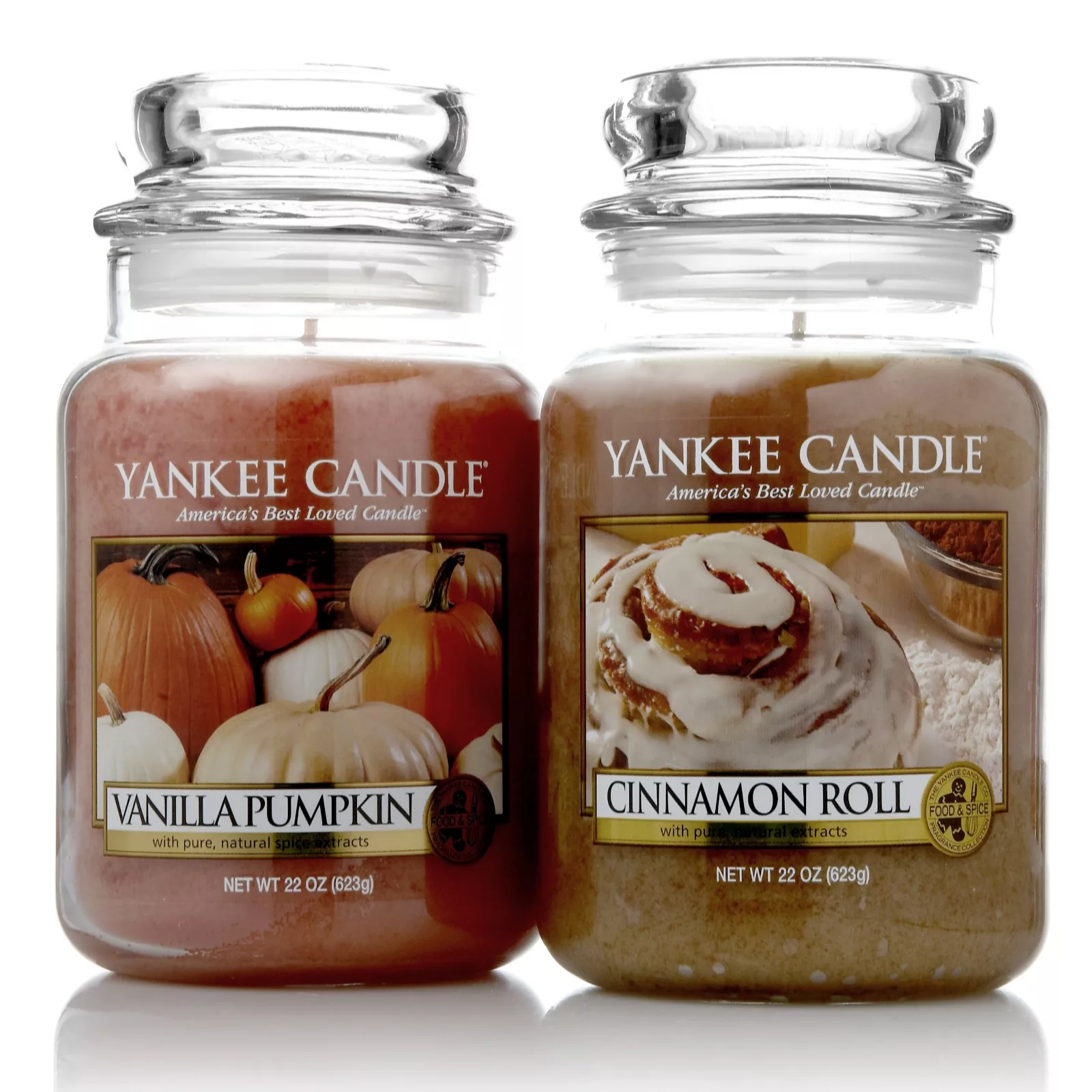

0 thoughts on “How Long Do Candles Burn”